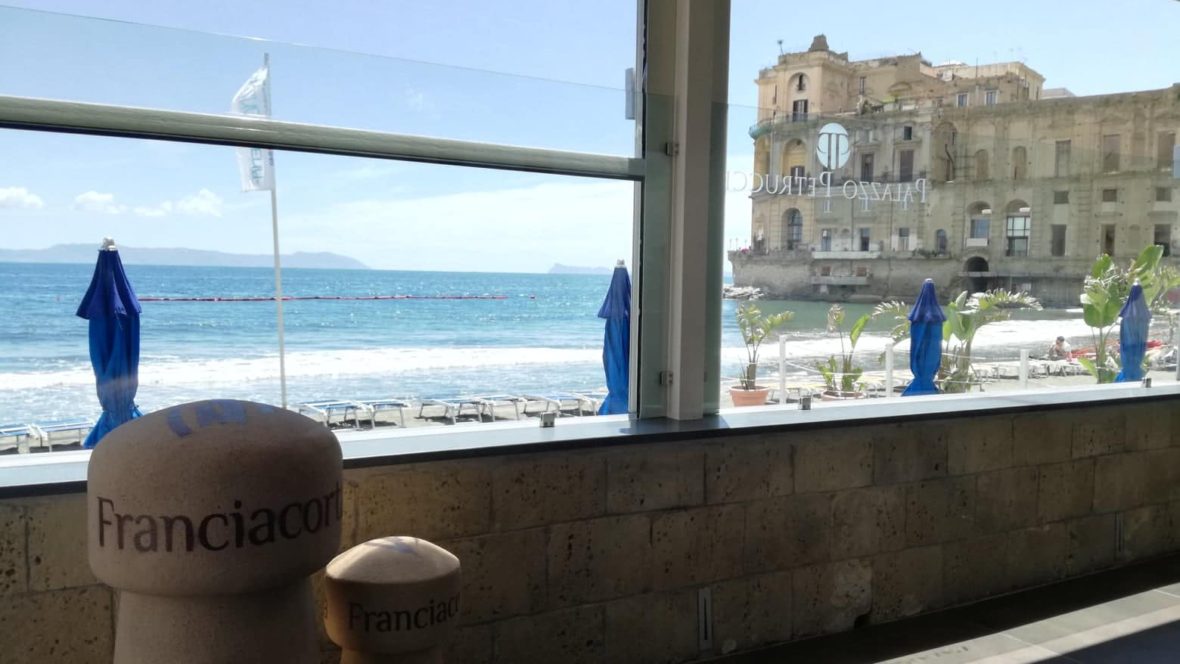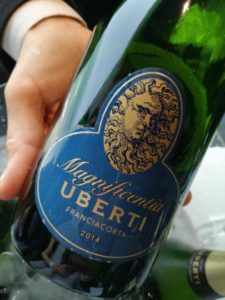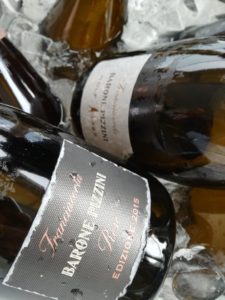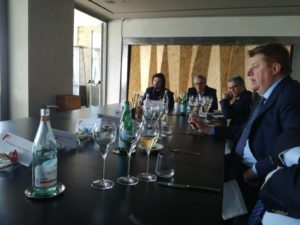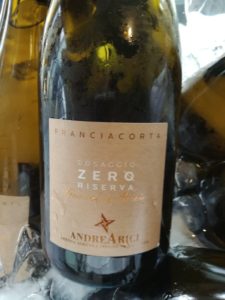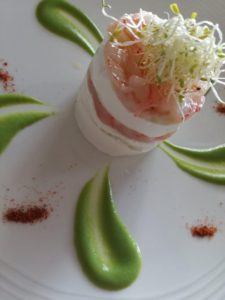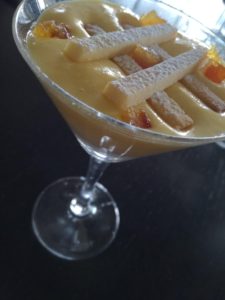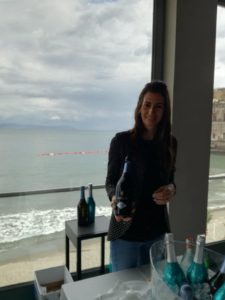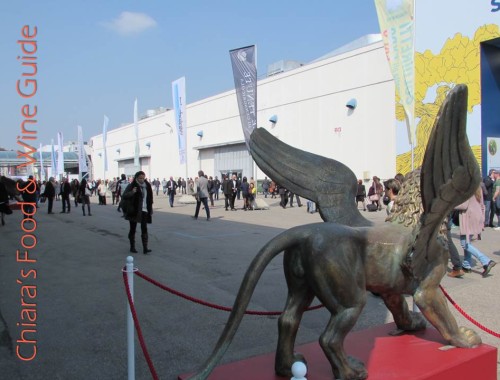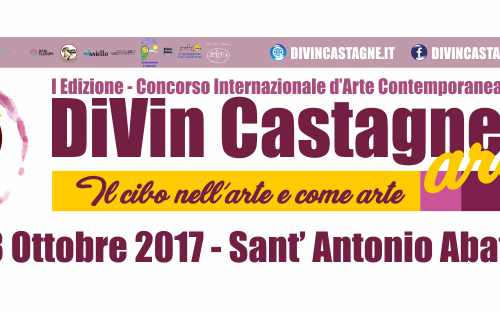It has been a classy location to host the Franciacorta Festival in Naples. Palazzo Petrucci with its dishes, direct access to the beach, along with the thousand faces of Neapolitan eclecticism have created a perfect symbiosis with Italy’s most glamorous bubbles.
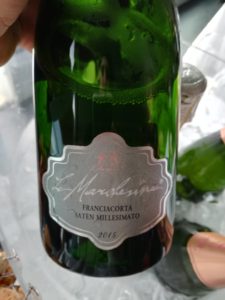 “Franciacorta” stands for a method (the Classic one), a territory, an appellation but even a precise signature that continues to make its way better and better in Italy and also abroad. This is thanks to a rare and focused teamwork masterfully coordinated by one of the most active and effective Consorzio in Italy. Not surprisingly, the idea of organizing traveling festivals to present the best of Franciacorta in different Italian areas.
“Franciacorta” stands for a method (the Classic one), a territory, an appellation but even a precise signature that continues to make its way better and better in Italy and also abroad. This is thanks to a rare and focused teamwork masterfully coordinated by one of the most active and effective Consorzio in Italy. Not surprisingly, the idea of organizing traveling festivals to present the best of Franciacorta in different Italian areas.
The Neapolitan one was held on Monday 13 May with the participation of 31 companies for a total of more than 60 labels, with lunch and tasting for the press in the first phase of the event and, to follow, the “Franciacorta Experience” that delighted the general public at 7pm with a large tasting counter for serving the various types of Franciacorta in combination with the specialties coming from the kitchen of Palazzo Petrucci kitchen and the pizzas of Giuseppe Pignalosa.
“With 2/3 of the vineyards being organic, Franciacorta is one of the first appellations for the share of organic viticulture at international level and this trend is constantly increasing, hand in hand with producers’ sensitivity“: this is what the President of the Consorzio Franciacorta, Silvano Brescianini, likes to underline, thus suggesting an approach and an ethical appreciation of the production coming from Lombardia, north of Italy.
The Consorzio has been founded in 1990, it received DOCG recognition in 1995 and today has 116 members, a total of 17.5 million bottles sold in 2018 (11% abroad) of 2900 hectares: 81% Chardonnay, 15% Pinot Noir, 3% Pinot Bianco and 1% Erbamat, the latest addition planned for the climate change, characterized by late ripening, high acidity and a rather neutral profile that does not really affect the final product. It is currently allowed for a maximum of 10% for all types (except the more delicate Saten) and of which it will be possible to evaluate the potential for ageing.
In addition to the pizzas (of Pignalosa) for an increasingly popular pairing, the cuisine of Palazzo Petrucci has accompanied the tasting with dishes in perfect harmony with the style of the event, proposing some of its classics as the explosive and, at once, sophisticated ‘lasagna of buffalo mozzarella and raw prawns on pea sauce’ or the delicious ‘stratification of Pastiera Napoletana’ (the typical Easter dessert of the city.
After the 2014 edition, we hope not to have to wait other 5 years to relive the experience in the capital of Campania region, in Southern Italy.



